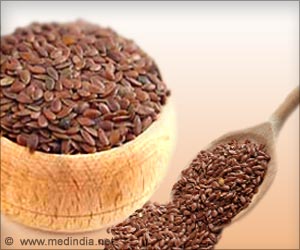Conducted by a team of researchers led by Darius Valevicius, a doctoral student of neurosciences at the University of Montreal, the study invited 63 young adults to participate. The participants were asked to select two of their favorite songs, one representing their all-time favorite, and the other being their hypothetical choice of marooned on a desert island. Additionally, they were tasked with choosing a relaxing instrumental track from a list of seven unfamiliar options.
During the study, participants were subjected to a simulated pain experience, akin to the sensation of a scalding hot teacup against the skin. While enduring this discomfort, they listened to their selected music, the unfamiliar relaxing instrumental track, a jumbled version of both songs or experienced a period of silence. Surprisingly, the results demonstrated that participants reported significantly lower levels of pain when listening to their favorite songs, as opposed to unfamiliar or scrambled music.
Upon analyzing the participants’ song choices, a fascinating pattern emerged. Those who opted for bittersweet and emotionally charged songs experienced even greater pain relief compared to those who chose more calming or cheerful tunes. This discovery underscores the profound connection between music and our emotional well-being, suggesting that poignant melodies hold a unique therapeutic potential.
Advertisement
One intriguing phenomenon observed among participants was the experience of musical-induced chills, characterized by a delightful shiver down the spine. Valevicius postulated that these chills may play a crucial role in blocking pain signals. By engaging the brain’s sensory gating system, music could effectively filter out redundant or irrelevant stimuli, allowing individuals to perceive pain in a less acute manner.
Patrick Stroman, a professor of biomedical and molecular sciences at Queen’s University, noted that our brains possess an innate mechanism for regulating pain. Music, he suggests, taps into this built-in system, influencing brain connectivity across regions associated with pain, memory, and subjective emotional states. Stroman’s research utilized advanced brain imaging techniques to capture the intricate dance between music and pain perception.
The Limitations and Realistic Expectations
While the study’s findings are undeniably promising, it’s important to emphasize that music, though powerful, cannot entirely replace conventional pain relief methods. According to Stroman, the pain reduction achieved through music is roughly 10%, offering a supplementary approach rather than a standalone solution. Medical intervention and professional guidance remain essential for severe or chronic pain.
As we delve deeper into the symbiotic relationship between music and our well-being, it becomes evident that the healing potential of melodies is vast and varied. Whether through the poignant strains of Adele’s ballads or the uplifting rhythms of Taylor Swift, music offers solace for the soul and, now, respite for the body. So, the next time you find yourself in need of a touch of healing, let the power of music be your guide. Embrace the soothing notes and embark on a journey of pain relief and emotional restoration.
”Music, the universal language, not only touches our hearts but also has the power to heal our bodies.”
Reference :
- Emotional responses to favorite and relaxing music predict music-induced hypoalgesia – (https:www.frontiersin.org/articles/10.3389/fpain.2023.1210572/full)
Source: Medindia



